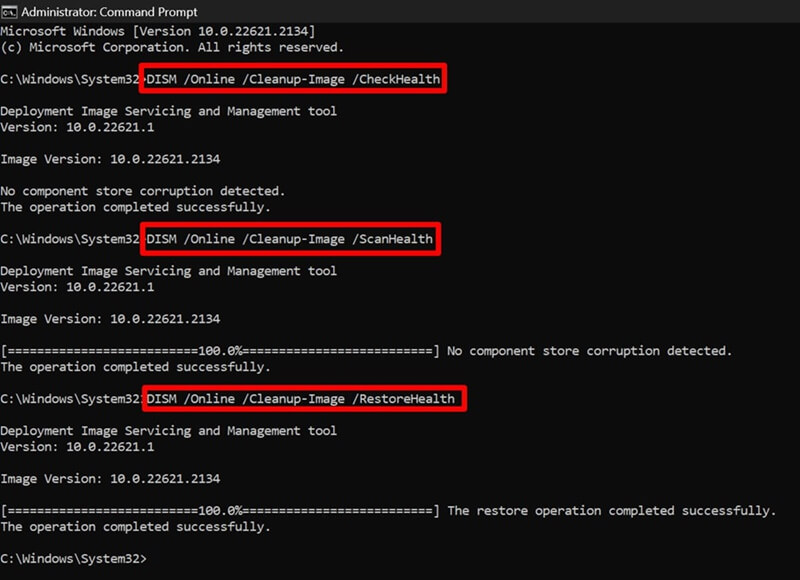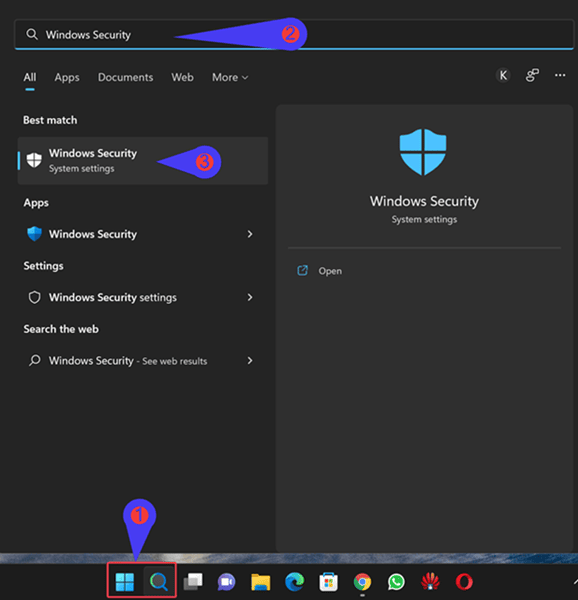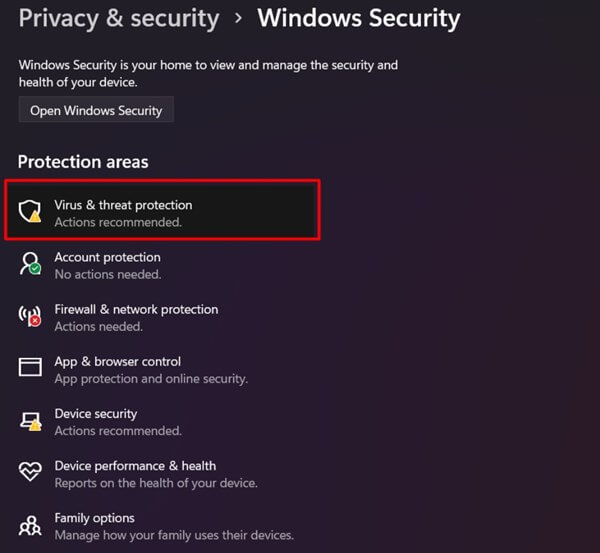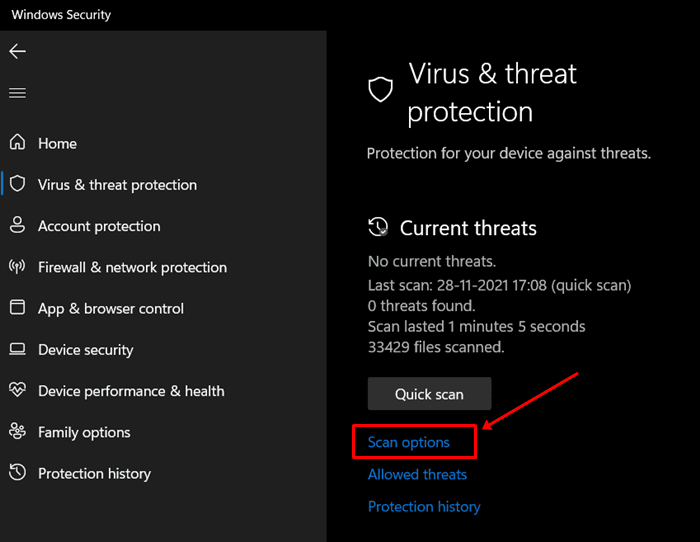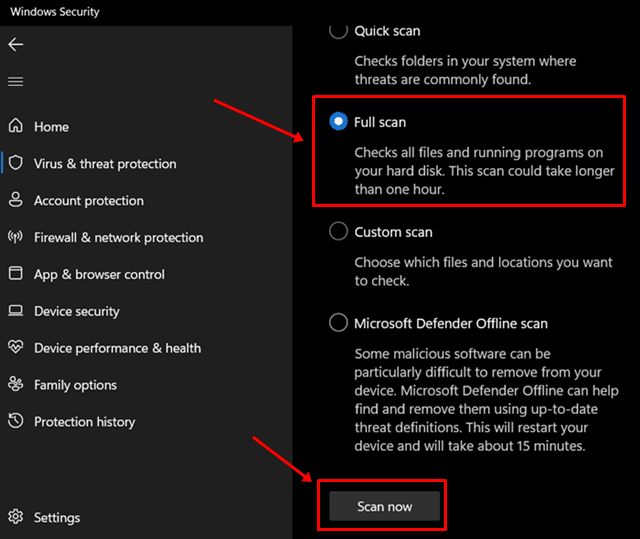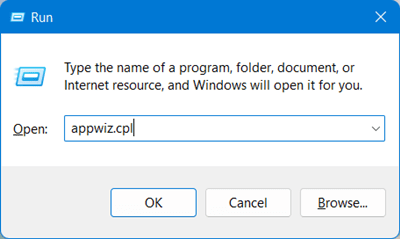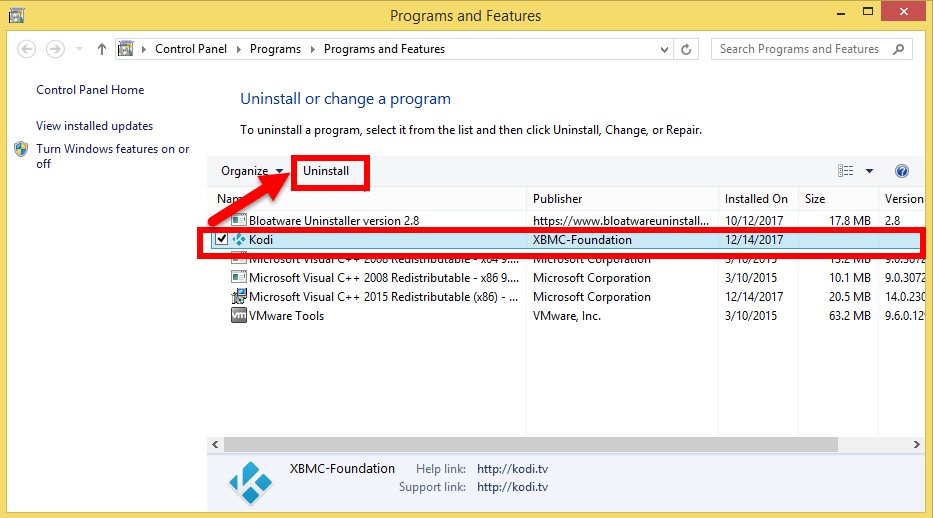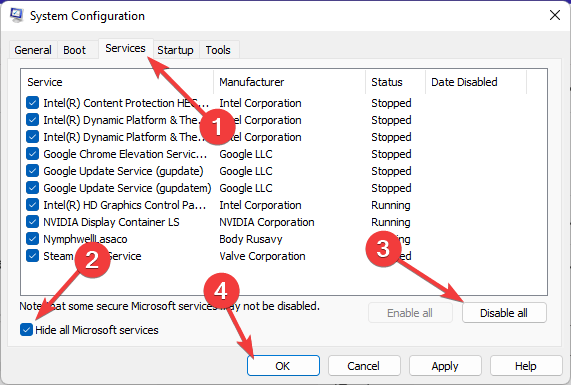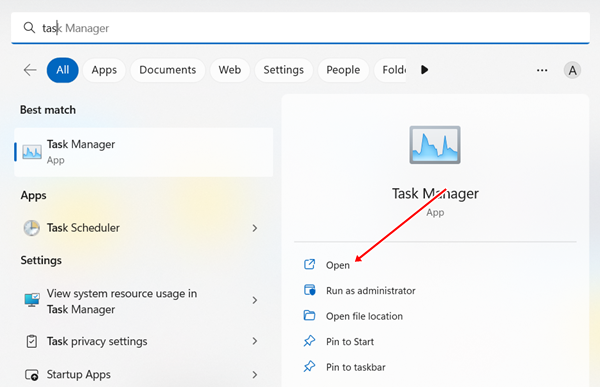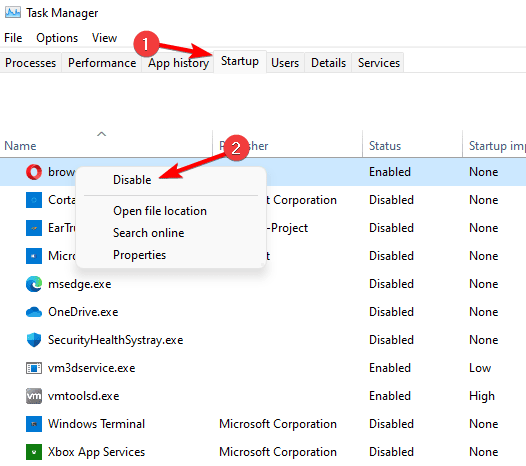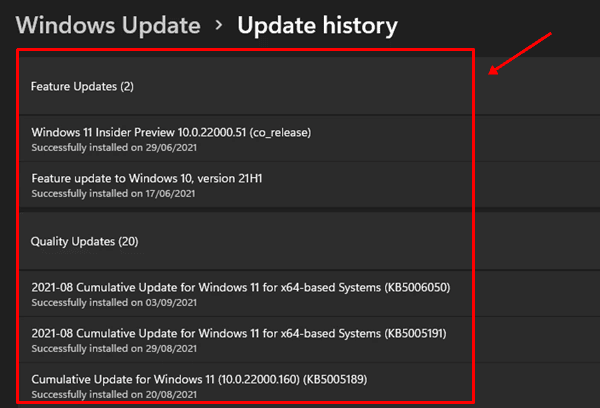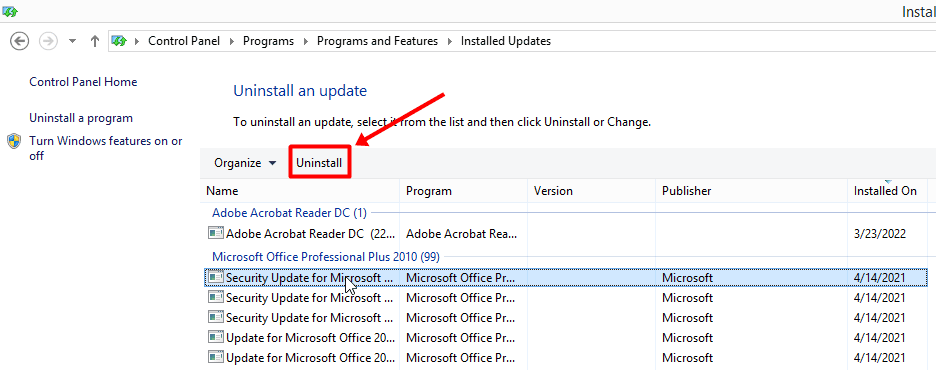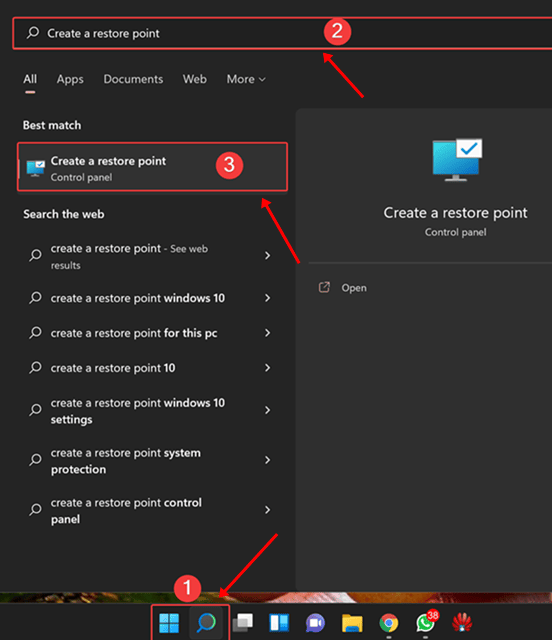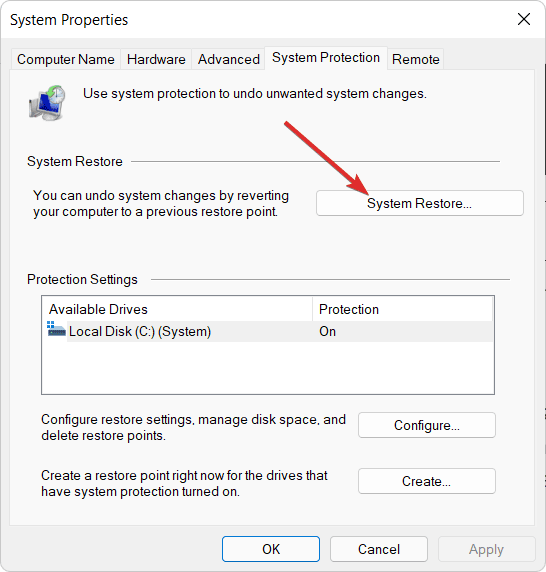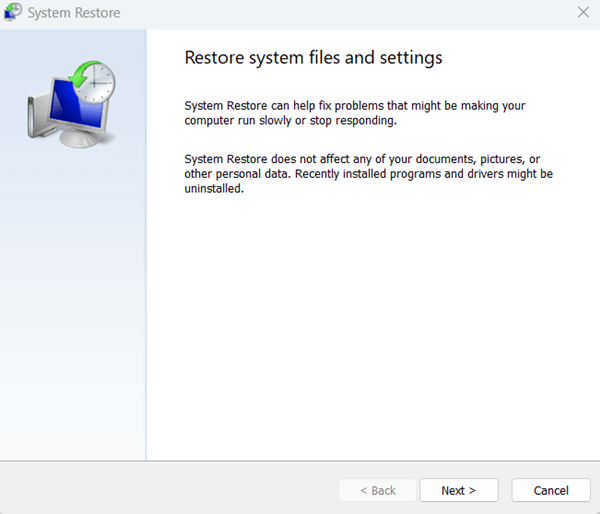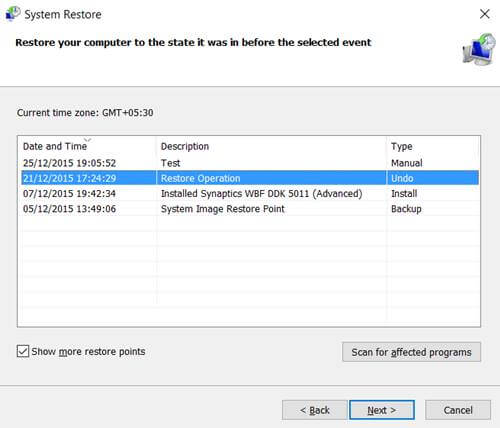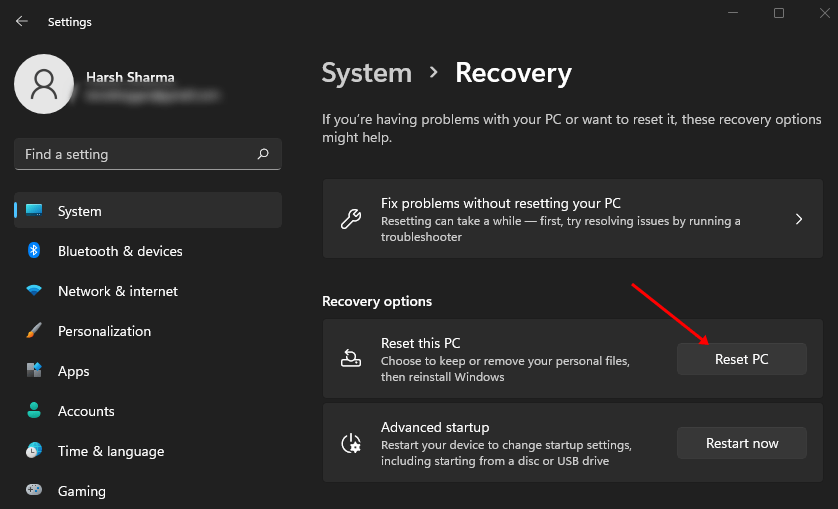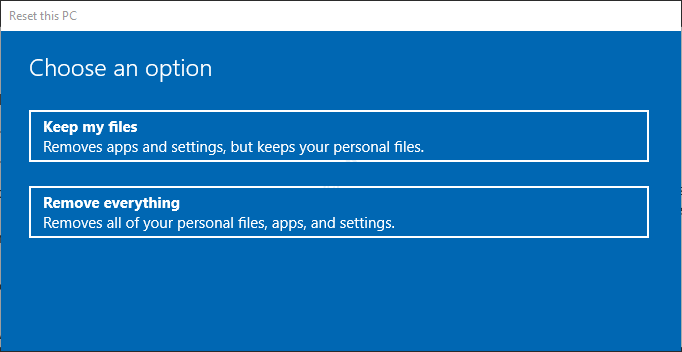Are you facing the Unknown Hard Error as soon as you boot into your PC? This error has been encountered by users shortly after they boot into their PC or when they open the app the first time after the boot.
The unknown hard error is a common name for all the hard errors you may face on your Windows 11/10. Talking about this error, you are likely to encounter it if there are some software bugs, issues with the Windows Update, corrupted system files, software issues, or more.
In most cases, the user may encounter this issue once, and then they can use their PC without further problems. But if the issue is the major one, then you might repeatedly get this issue, and you might not be able to use your PC. Here are all the steps you can follow to fix the Unknown Hard Error in Windows.
How to Fix Unknown Hard Error in Windows 11/10
This error may prevent you from using software on your PC. You may get this error repeatedly until it is resolved, thus rendering your PC useless. Nothing to worry about; you can follow the steps given below to fix Unknown Hard Error in Windows-
1. Restart PC
Before continuing with the steps mentioned in this article, we suggest restarting your PC. Rebooting your PC will restart all the services and apps running in the background, so temporary glitches in the services and apps caused the issue, then this should fix it.
If the issue is fixed, you won’t have to go through the other steps mentioned in this article. If the issue is not fixed, we have more steps that can be followed.
2. Run SFC and DISM Scan
The next step is to run the SFC and DISM Scan. Both are command-line tools that you can run through the Command Prompt. Both these tools can be used to scan your system for corrupted files and fix them. Here’s how you can do it-
- Press the Windows key on your keyboard and type CMD. Right-click on the Command Prompt and then click on Run as Administrator.
- In the Command Prompt, execute the command given below to run the SFC Scan-
-
sfc /scannow
-
- After this, execute the following commands one by one to run the DISM Scan-
-
DISM /Online /Cleanup-Image /CheckHealth -
DISM /Online /Cleanup-Image /ScanHealth -
DISM /Online /Cleanup-Image /RestoreHealth
-
- Once you have executed all the above commands, close the Command Prompt and restart your PC.
3. Scan for Virus
An unknown hard error in Windows can occur if the virus or the malware has infected the system files. You can run the virus scan using Windows Security to fix this issue.
- Open the Start Menu, search for Windows Security, and open it.
- Click on the Virus & Threat Protection here.
- Now, click on Scan Options.
- Select Full Scan and then click on Scan Now.
4. Update Windows
Another thing that you can do is check your PC for Windows Updates and install all the available updates.
Now, what this does is it will replace all the files from the previous Windows Update, so if there was some bug or issue in the previous update, then it will be fixed by restarting your PC.
- Press the Windows + I key combo to open the Settings.
- Now, click on the Windows Update on the left pane.
- After this, click on the Check for Updates button.
- Now, download and install all the updates and then restart your PC.
5. Run CHKDSK Command
Next, you can run the CKDSK Command to check and repair issues on your disk. Here’s how you can do it-
- Open the Run Dialog Box by pressing the Windows + R key combo.
- Type cmd and press Ctrl + Shift + Enter to run the Command Prompt as administrator.
- Now, execute the following command-
-
chkdsk c: /r /scan /perf
-
- The process should start, and Command Prompt will check your PC for disk errors and fix them.
6. Uninstall Problematic Apps
If the issue is being encountered after recently installing an app, then that app is probably causing this problem. You can try uninstalling the recently installed app and see if that fixes the issue. Below are the steps to do so-
- Press the Windows + R key combo, type appwiz.cpl, and press Enter.
- Select the program you recently installed, and then click on Uninstall.
- After this, click on Uninstall again to uninstall the program.
- Check if the issue is still fixed; if not, then the app was the reason behind it.
7. Clean Boot PC
Chances are that some third-party apps and services running in the background on your PC can cause this issue. To check if that is causing the issue, you can clean boot your PC.
This will boot your PC without any third-party apps and services, and you shouldn’t face this issue if services and apps cause it. Here are the steps to clean boot your PC-
- Click the Start icon on the taskbar, type msconfig, and press Enter.
- Head to the Services tab here.
- Check the option saying Hide all Microsoft Services and click on Disable All.
- Now, click on the Startup tab and click on Open Task Manager.
- Right-click on the startup apps, and then click on Disable.
- You will have to disable all the startup apps one by one.
- Once done, restart your PC to clean and boot it.
8. Roll Back Update
Facing the ‘Unknown Hard Error’ in Windows after the recent update? The Windows update may sometimes have underlying issues, so you may face the ‘Unknown Hard Error.’ You can follow the steps given below to revert the update and fix the issue-
- Open the Settings app and click Windows Update on the left pane.
- Now, click on the Update History option.
- Scroll to the Related Settings, then click on the Uninstall Updates option.
- You will see all the updates that you can uninstall. Check the recently installed update with the date, and then click on Uninstall next to it.
- Click on Uninstall again to confirm uninstalling the update.
9. Perform System Restore
The previous method of reverting to the Windows Update may not help you uninstall all the recent updates. If you don’t see the recently installed update here, then you can try performing the system restore.
The system restore will revert all the changes you have made and fix the issue those changes caused. To perform a system restore, follow the steps given below-
- Press the Windows key on your keyboard, type Create a restore point, and press Enter.
- Under the System Protection tab, click on the System Restore button.
- In the System Restore window, click on the Next button.
- Now, select the restore point from the list and click on Next.
- Finally, click on Finish and wait for the System Restore to do its magic.
10. Do a System Reset
If nothing helps, then you can try resetting your Windows PC. You can either proceed with this method or reinstall the Windows from scratch. This will delete all your files, settings, and apps and resolve all the issues that were being caused due to the current Windows version installed on your device.
Having a backup of all your files and apps is a crucial step to resetting your PC. You can follow the steps given below to reset the system-
- Open the Start Menu, type Settings, and open it.
- Click on the System tab and then on Recovery.
- Now, click on the Reset PC button.
- You will get two options. Continue with Remove Everything or Keep My Files as per your preference.
- If you want to reinstall Windows from the internet, click on Cloud Download. If you have Windows Setup on your PC, you can click on Local Reinstall to continue.
- After this, follow the on-screen instructions to reset the PC.
Conclusion
Unknown Hard Error in Windows preventing you from doing work on your computer? If this issue troubles you and you can’t seem to fix it, this article is all you need. We have discussed all the ways you can fix this error on a Windows PC.


